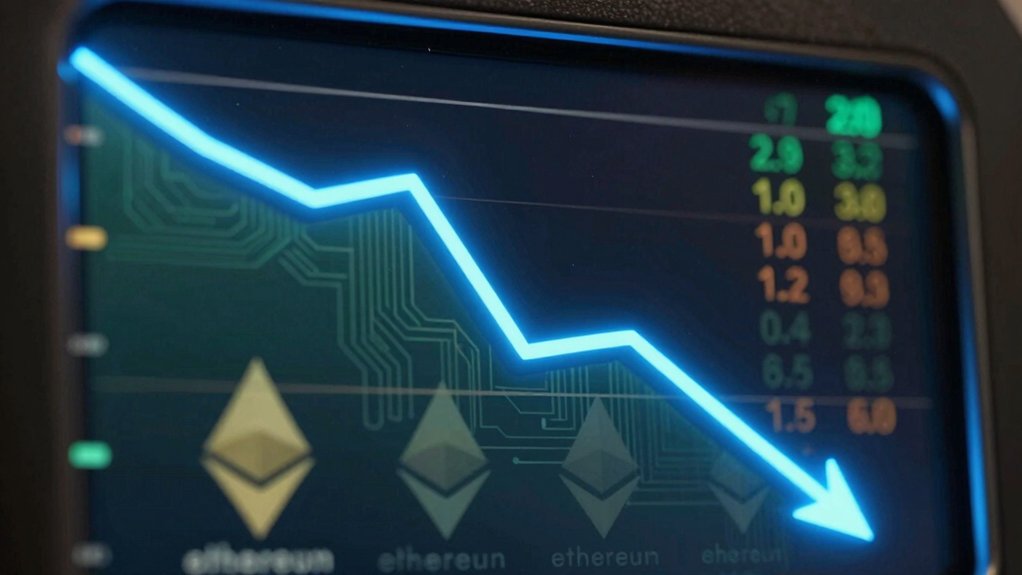How does Tether’s recent policy reversal regarding the planned freezing of USDT smart contracts on several legacy blockchain networks reflect broader strategic realignments within the stablecoin sector? Initially, Tether had announced intentions to freeze USDT operations on legacy chains such as Omni Layer, Bitcoin Cash SLP, Kusama, EOS, and Algorand from September 1, 2025, signaling a move to phase out support for older, less active blockchains. However, following robust community feedback, the company rescinded the freeze directive, opting instead to maintain transferability on these networks while ceasing issuance and redemption activities, thereby classifying these tokens as unsupported. This shift underscores the critical influence of stakeholder engagement within decentralized ecosystems, whereby community feedback decisively informed Tether’s recalibration of operational policies, balancing user agency with strategic consolidation. Importantly, the decision also reflects Tether’s winding down support for these chains with no plans for future minting or redemptions. This approach mirrors how smart contracts operate autonomously to execute predefined rules without intermediaries.
The legacy chains, while representing only a marginal fraction of the overall USDT supply—approximately $83 million on Omni Layer and marginally above $4 million on EOS—nonetheless maintain residual circulation that reflects a persistent, albeit diminished, user base. This residual activity, coupled with community advocacy, necessitated a nuanced approach to decommissioning support that preserved transactional fluidity without incurring the complexities of full operational maintenance. By sustaining transfer functionality absent issuance or redemption, Tether effectively delineates a clear boundary between active support and passive circulation, mitigating operational overhead while respecting user autonomy on legacy infrastructures.
Concomitantly, this recalibration aligns with Tether’s strategic pivot toward blockchains exhibiting robust developer engagement and substantial user demand, particularly Ethereum and Tron, which collectively account for in excess of $150 billion in USDT issuance. This concentration reflects an optimization of resources, channeling efforts into scalable, high-activity ecosystems that better correspond to market dynamics and future growth trajectories. The legacy chain adjustments, thus, illustrate a broader sectoral trend of rationalizing stablecoin deployment by prioritizing infrastructural efficiency and ecosystem vitality, while tactfully managing legacy network dependencies through responsive, community-informed policy frameworks.









